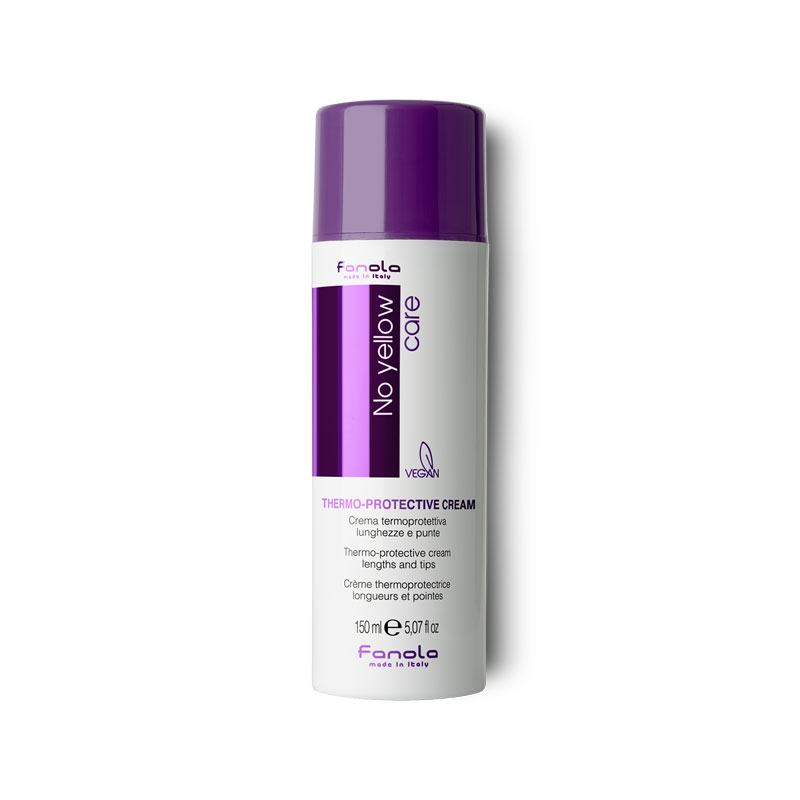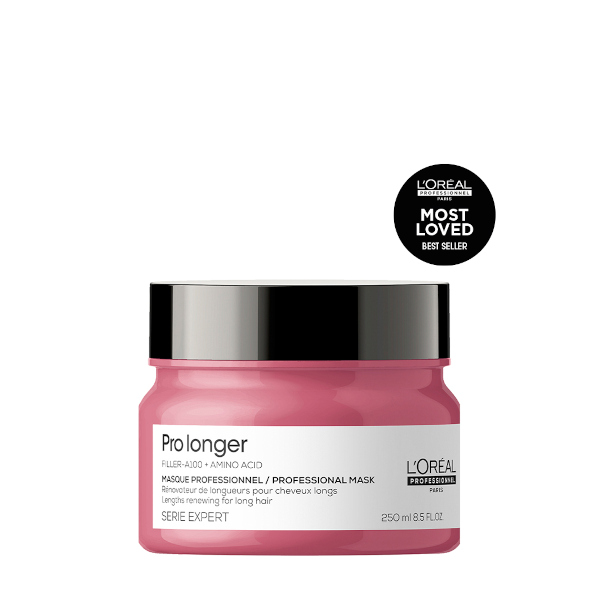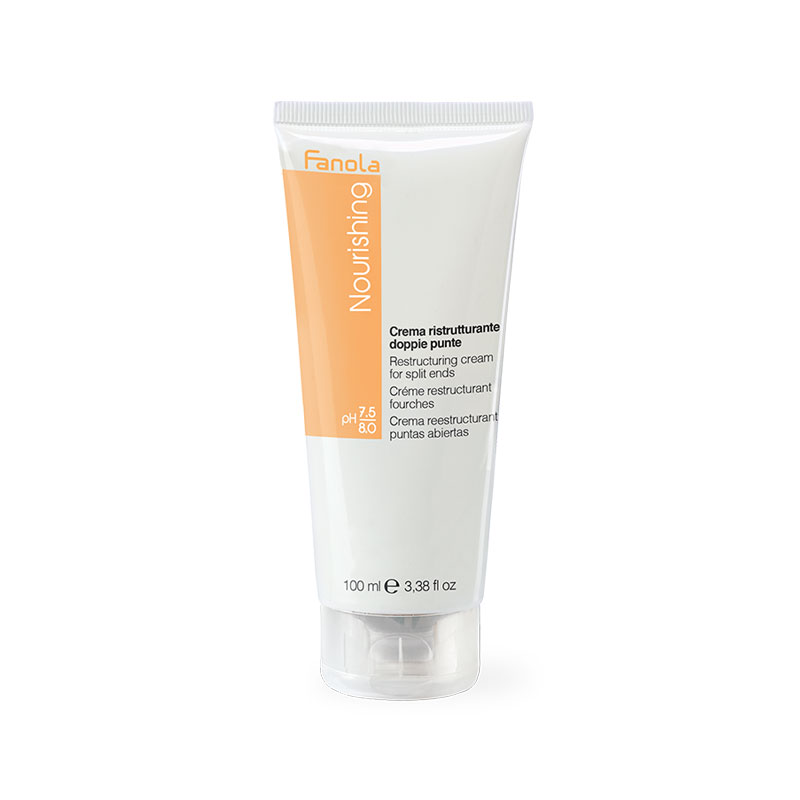
L'Oreal Professionnel Serie Expert Pro Longer 10-in-1 Cream Θερμοπροστατευτική Kρέμα Κατά Της Ψαλίδας 150ml | AngelopoulosHair

Fanola professional - Κρέμα κατά της ψαλίδας. 100ml (ph 7.0) Κρέμα κατά της ψαλίδας για βαμμένα και ταλαιπωρημένα μαλλιά, εμπλουτισμένη με χαβιάρι, κερατίνη και κολλαγόνο. Η ειδική της φόρμουλα δημιουργεί φιλμ γύρω
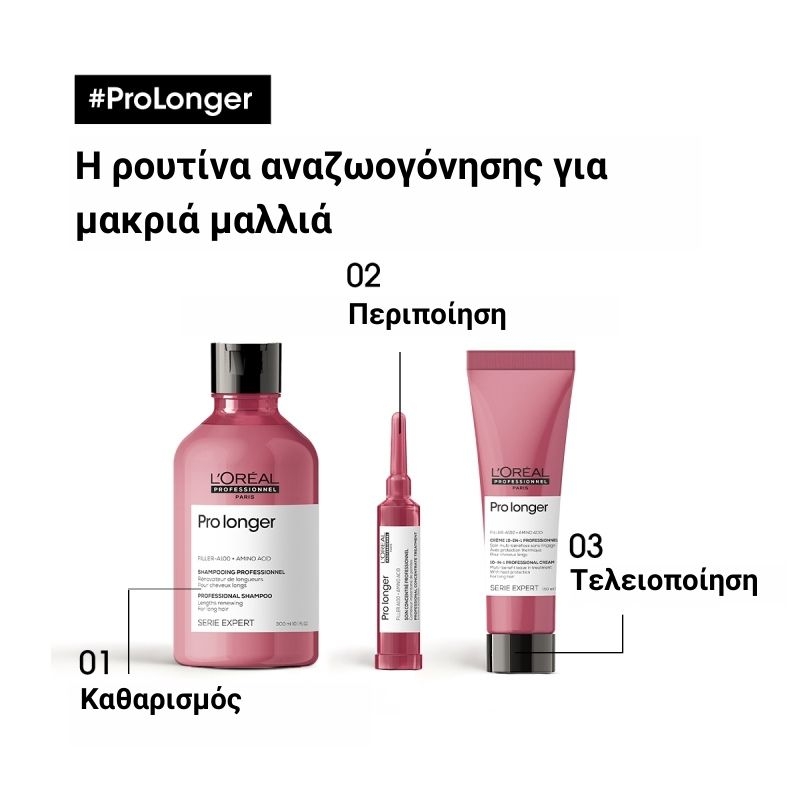
Θερμοπροστατευτική Kρέμα Κατά Της Ψαλίδας L'Oréal Professionnel SERIE EXPERT Pro Longer Renewing Cream For Lengths And Ends 150ml

QuarantineChallenge – Πώς θα κρατήσεις τα μαλλιά μακριά από την ψαλίδα | Marie Claire | Ό,τι έχει σημασία για τις γυναίκες
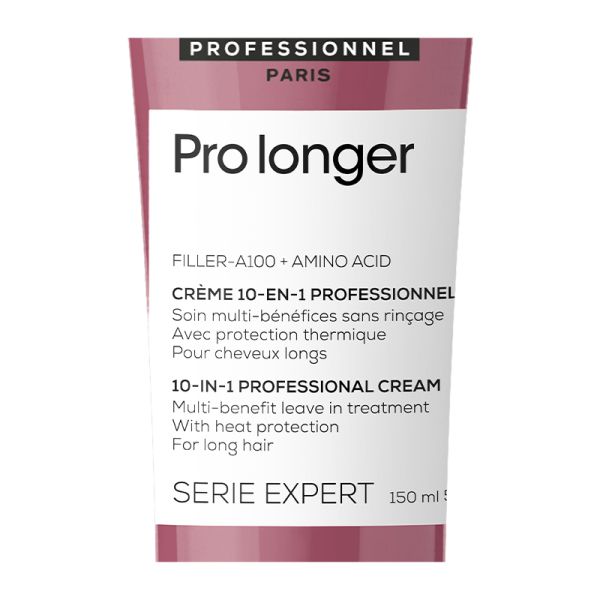
All About Hair | L'OREAL PROFESSIONNEL Serie Expert Pro Longer Θερμοπροστατευτική Κρέμα Κατά Της Ψαλίδας 150ml

